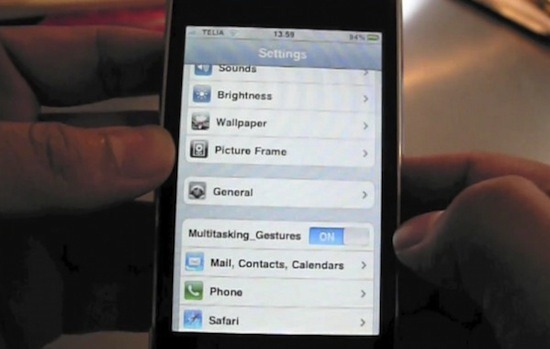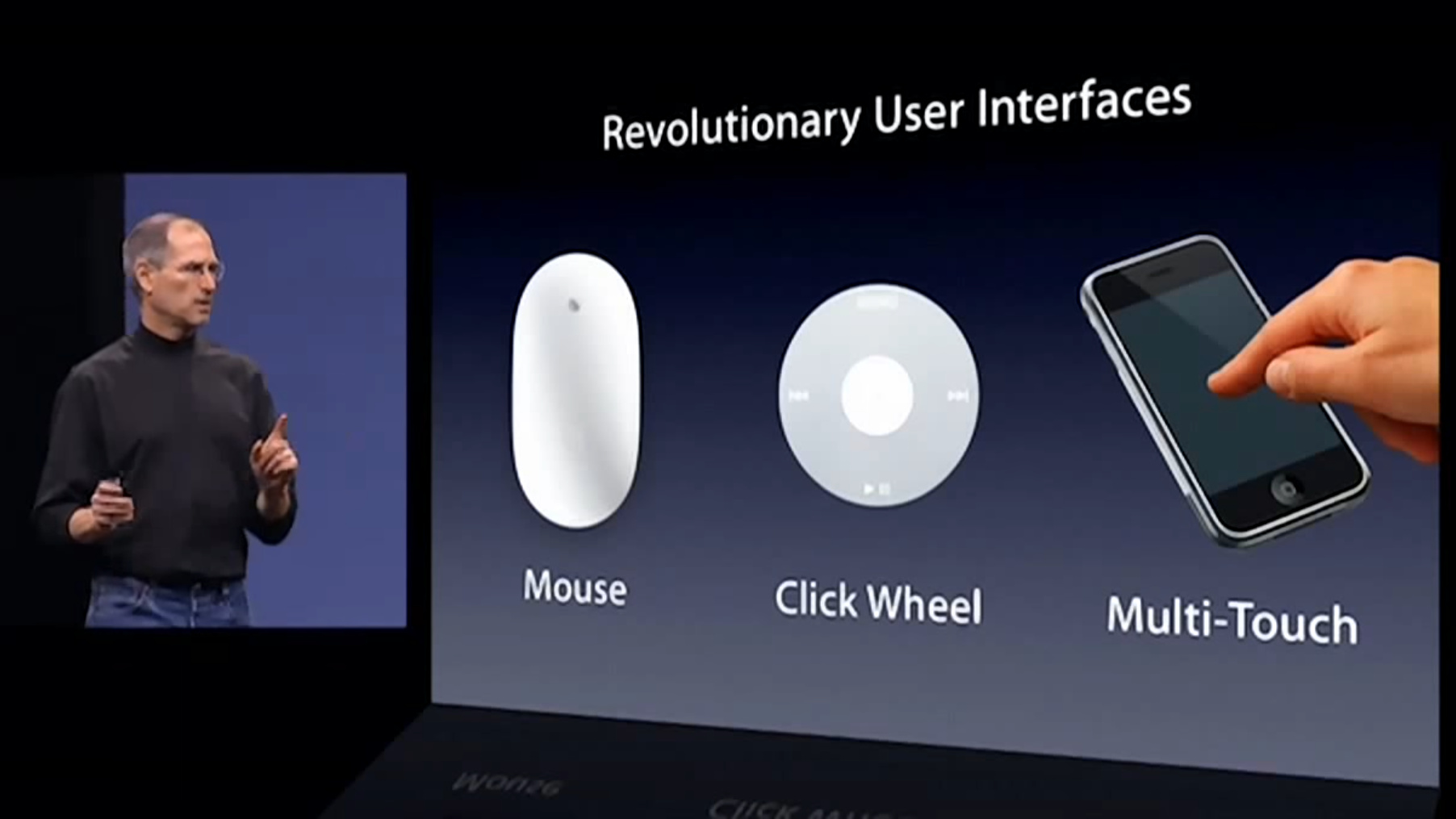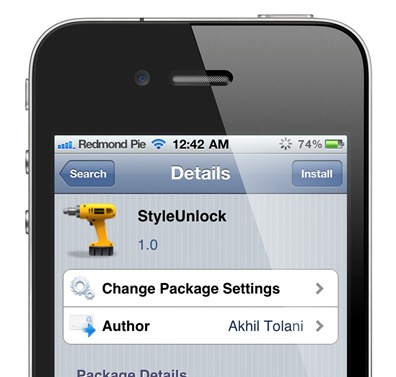

Repeat the above steps to establish outlet connections for the remaining label objects to properties named touchStatus and tapStatus. Release the line, and in the resulting connection dialog, establish an outlet connection named methodStatus. Ctrl-click on the same label object and drag it to a position just below the class declaration line in the Assistant Editor. Select the label to the right of the “Method” label, display the Assistant Editor panel, and verify that the editor displays the contents of the ViewController.swift file. When adding the rightmost labels, stretch them so that the right-hand edges reach approximately three-quarters across the overall layout width.ĭisplay the Resolve Auto Layout Issues menu and select the Reset to suggested constraints option listed under All Views in View Controller. Then, using Interface Builder, modify the user interface by adding label components from the Library and modifying properties until the view appears as outlined in Figure 53-1. Load the storyboard by selecting the Main.storyboard file.
Multitouch on iphone code#
When the main Xcode project screen appears, we are ready to start writing the code and designing our app. Creating the Example iOS Touch Projectīegin by launching Xcode and creating a new project using the iOS App template with the Swift and Storyboard options selected, entering Touch as the product name.

In the next chapter, entitled Identifying Gestures using iOS 16 Gesture Recognizers, we will look more closely at detecting the motion of touches.

The app will, for example, report the number of fingers touching the screen, the number of taps performed, and the most recent touch event that was triggered.
Multitouch on iphone update#
The view object’s view controller will implement a number of the touch screen event methods outlined in An Overview of iOS 16 Multitouch, Taps, and Gestures and update the status labels to reflect the detected activity. The example app created in this tutorial will consist of a view and some labels. Topics covered in this chapter include the detection of single and multiple taps and touches, identifying whether a user single or double-tapped the device display and extracting information about a touch or tap from the corresponding event object. Now that we have covered the basic concepts behind the handling of iOS user interaction with an iPhone or iPad touchscreen in the previous chapter, this chapter will work through a tutorial designed to highlight the handling of taps and touches.


 0 kommentar(er)
0 kommentar(er)
